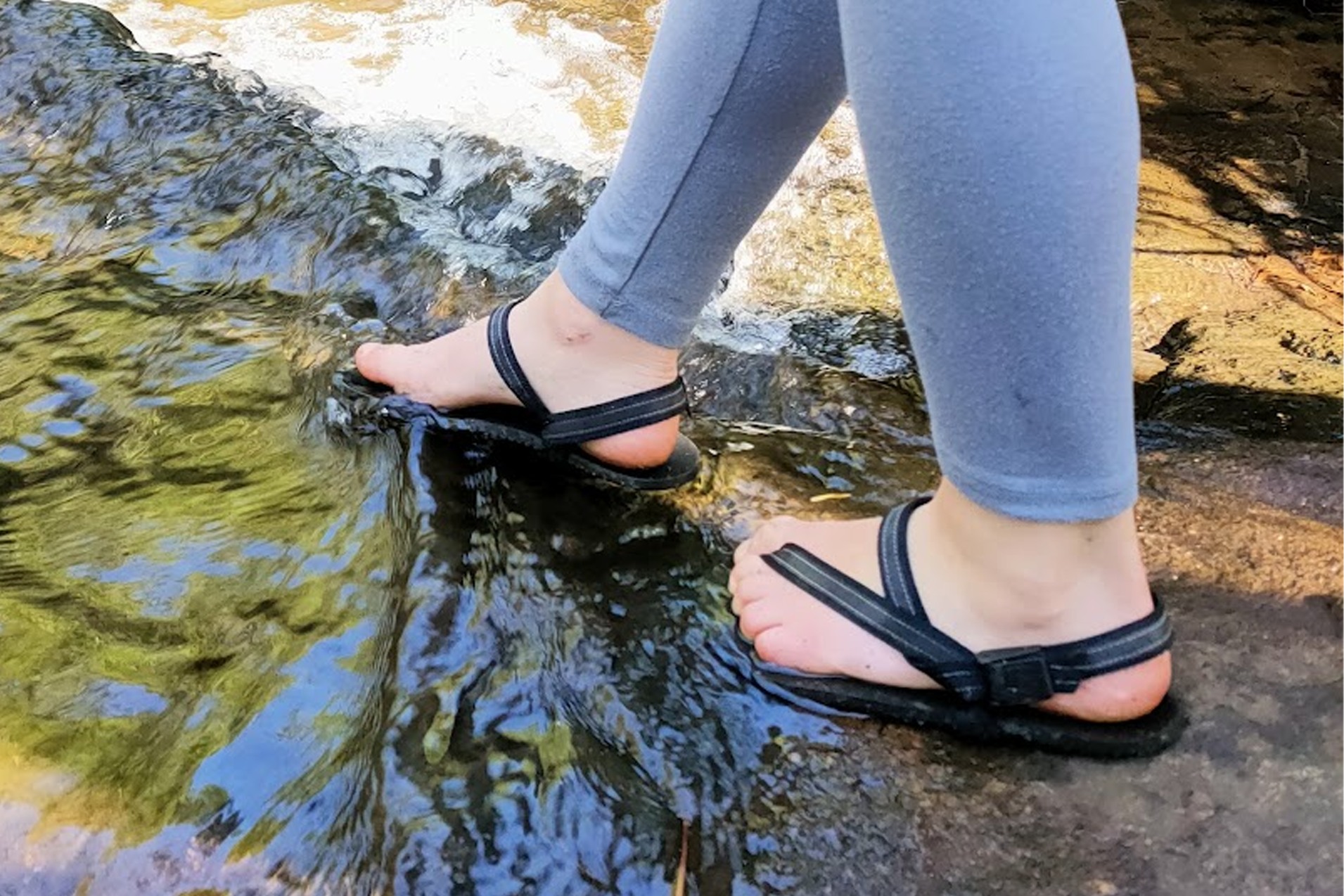Barefoot Information
What you need to know about barefoot shoes
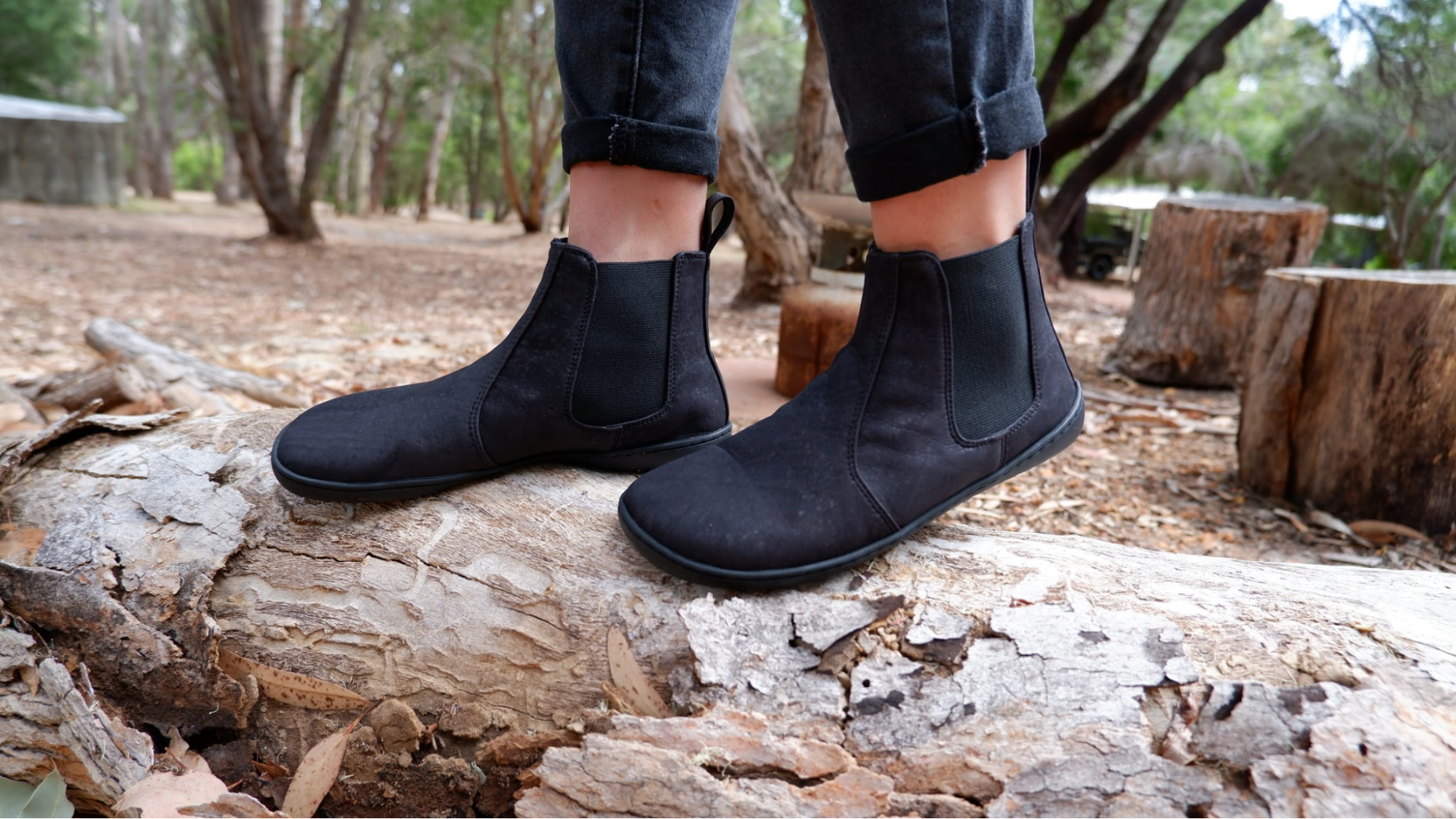
Why Barefoot Shoes?
It Makes Sense.
It’s really quite simple and for most people we talk to, once you realise the difference, it really makes us wonder why “normal” shoes became shaped like a bullet in the first place!
Feet are naturally supposed to be widest at the toes. In order to function properly, the big toe should be in a straight line from the bone through the joint. The shape of conventional shoes with a tapered toe-box has caused most of us to have a big toe that is angled inwards towards the other toes. Oftentimes, the other toes are sitting above one another after spending so much time in shoes that don’t allow them to splay.
Antomy of a 'Normal' Shoe
If you want a foot that looks like this AND causes poor mobility, posture, balance, gait, pain and deformity then this is the shoe for you.
Benefits of a 'Barefoot' Shoe
If you want a foot that looks natural AND is strong, functions well and without pain then barefoot is best!
1. Completely Flat
Also referred to as ‘zero drop’. This just means that the distance from the bottom of the foot to the ground is exactly the same from the heel to the toe.
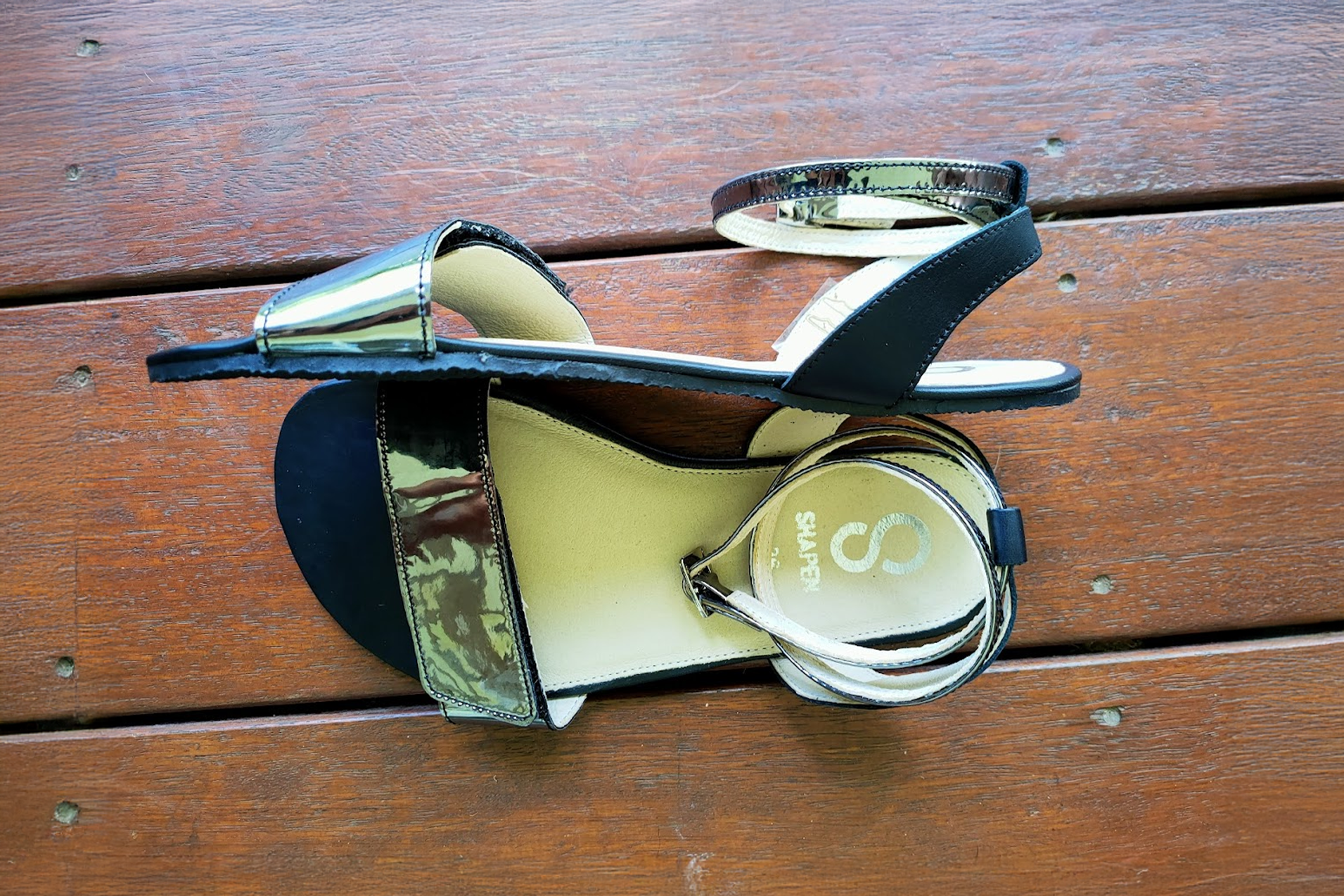
2. Foot Shaped / Wide Toe Box
It has a forefoot shape that is not tapered at the big toe and is wide enough for your toes to splay.
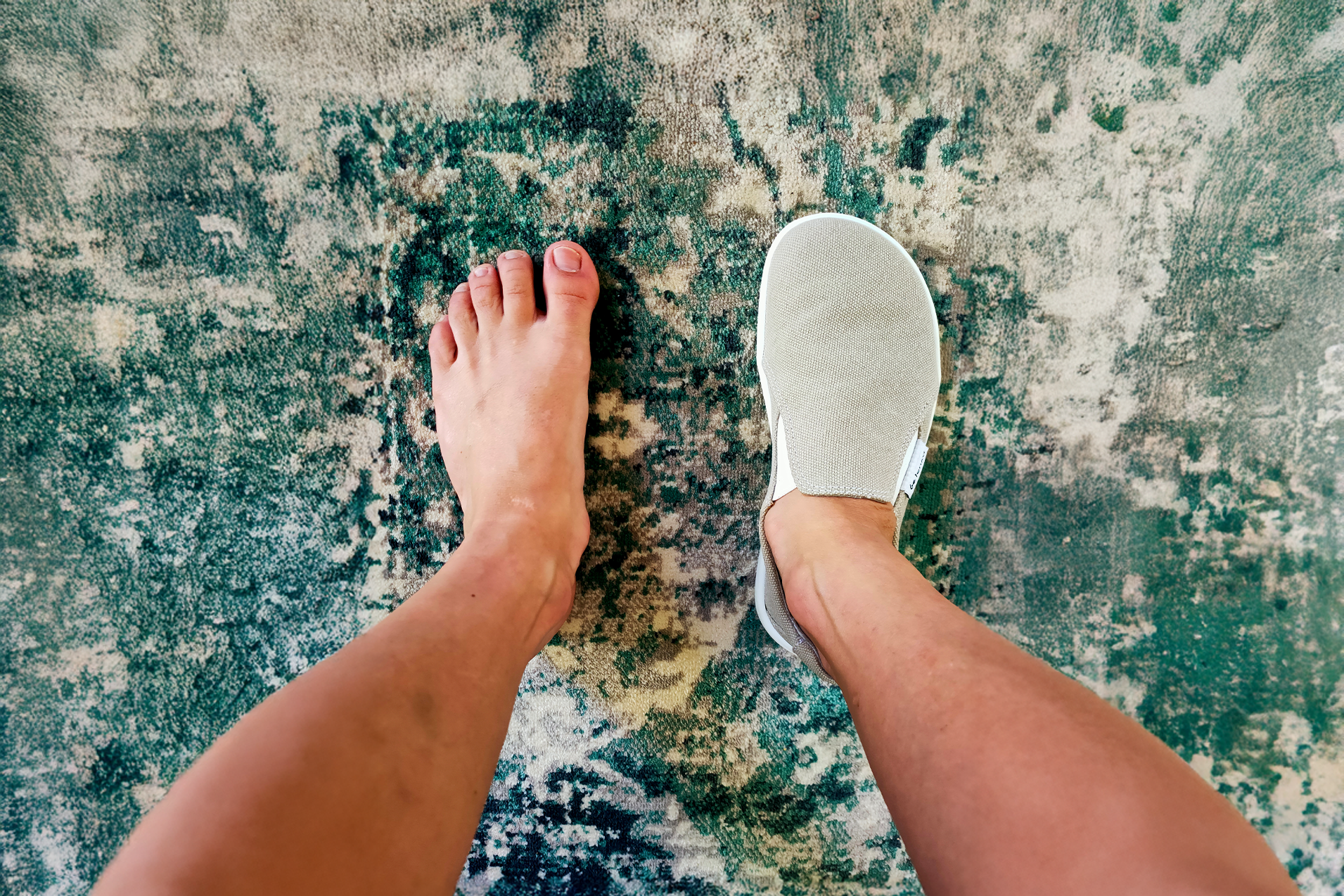
3. Flexible
The sole should bend easily. Ideally, in all directions. The upper should also be flexible enough to allow the 26 bones and 33 joints in each foot to move.
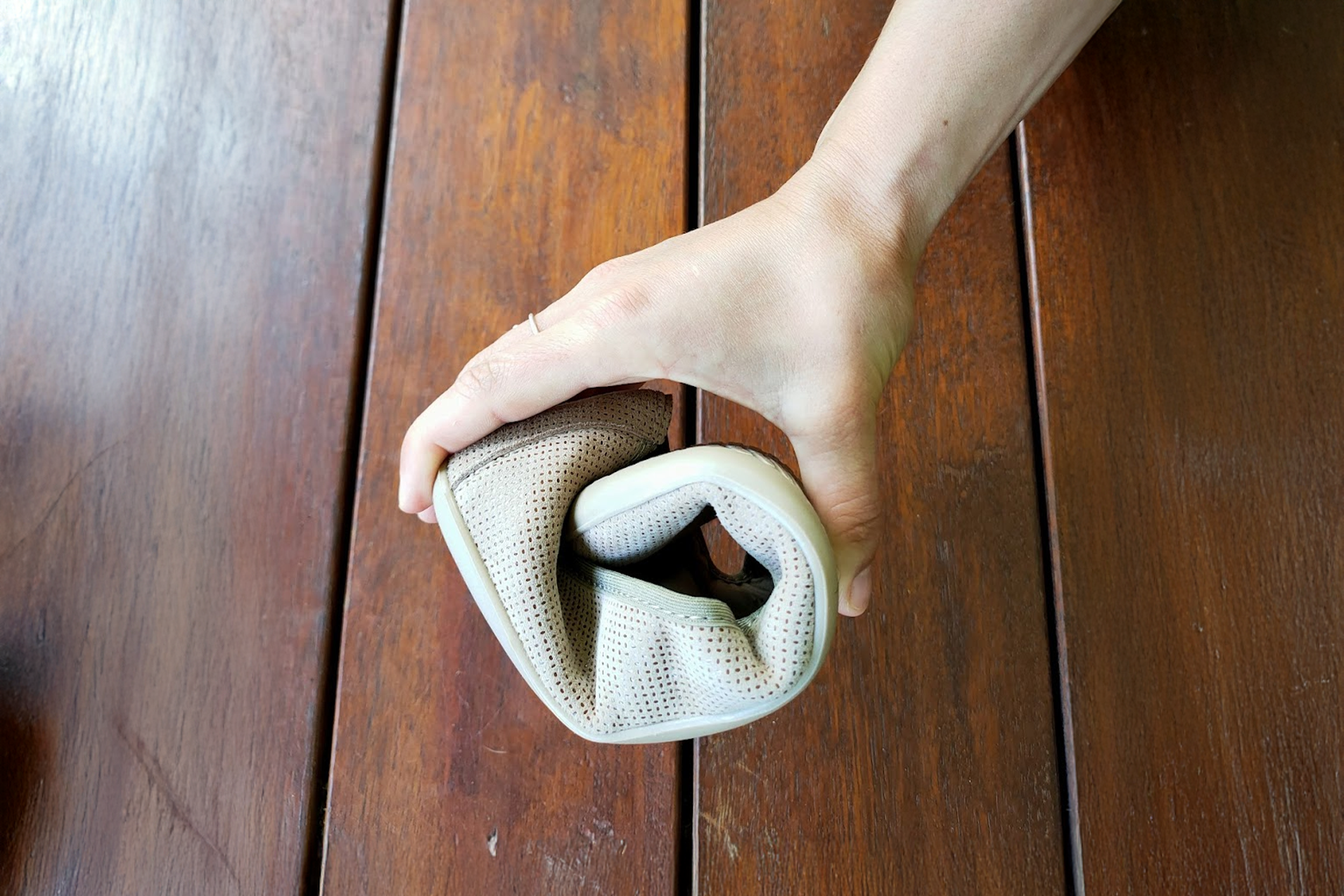
4. Thin
There are various levels of thickness in barefoot shoe soles. Particularly when you take into account transitional type shoes. However, the aim is to be able to feel the changing textures beneath your feet in order to stimulate the nerves and give better awareness of how we are walking.
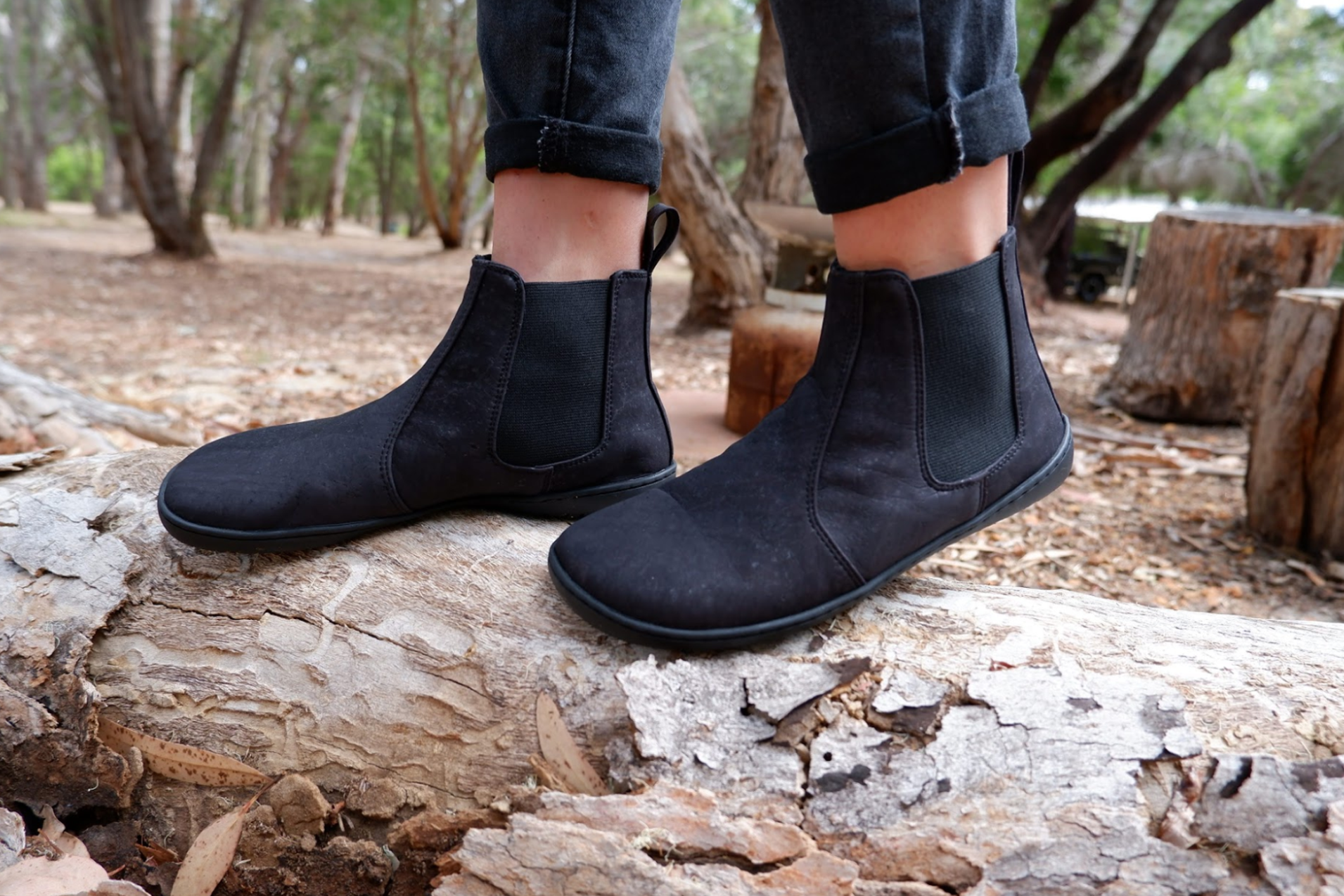
5. No Arch Support
A barefoot shoe has no arch support. They allow your foot to build and strengthen the muscles naturally.
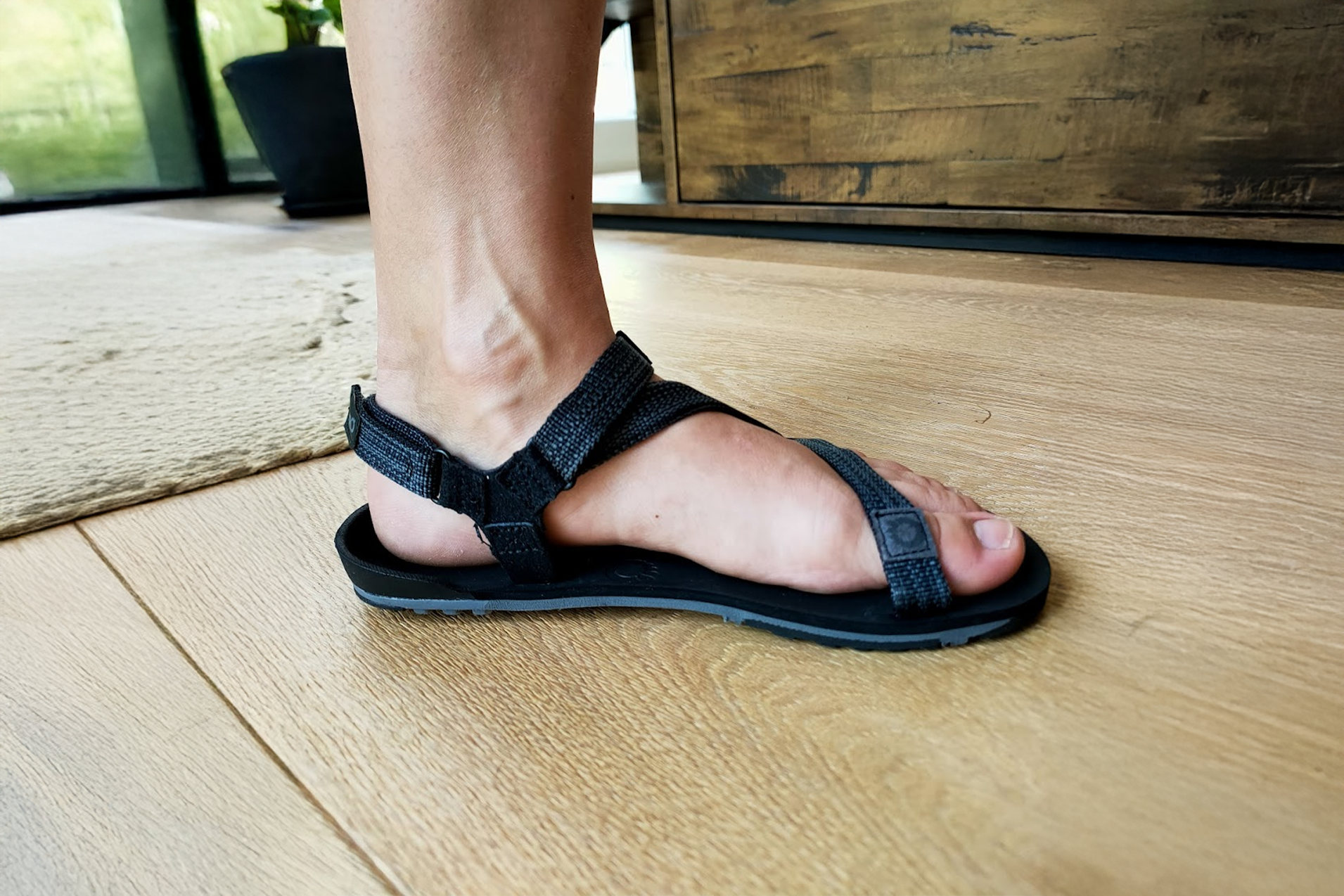
6. Secure to the Foot
If you were thinking that thongs fit the description so far, this is where we ditch them. The shoe (or sandal) needs to be secure to your foot so the toes don’t have to grip to keep it from sliding off.
